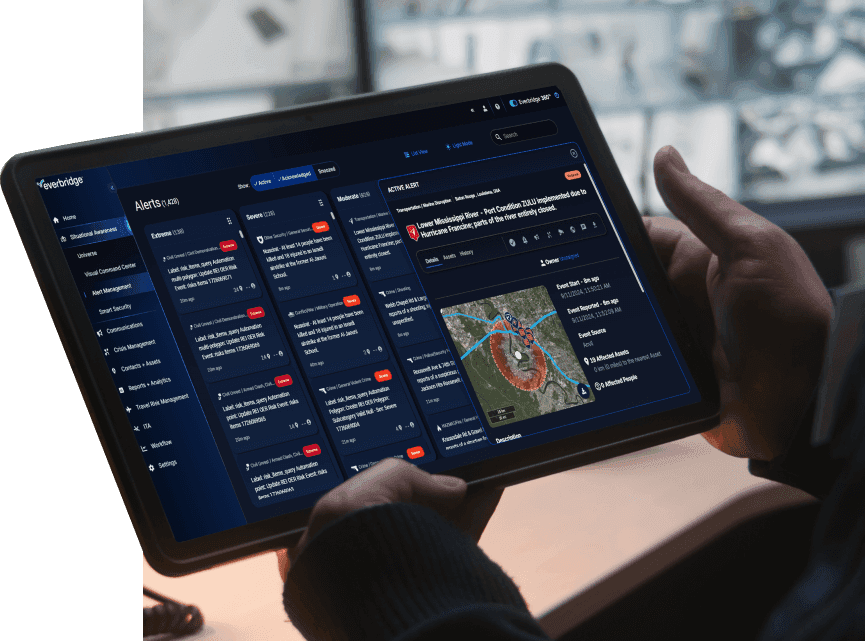The Clery Act
Requirements and steps to compliance

What is the Cleary Act?
The Clery Act includes new regulations related to emergency response, emergency notification, timely warnings, missing student notification, fire safety reporting, and hate crime reporting.
Consequences of not meeting Clery Act requirements:
In 2016, a major institution was hit with a $2.4 million dollar fine for not meeting one of the requirements.
Clery Act communication requirements
| Criterion | Timely warning | Emergency notification |
|---|---|---|
| What | Crimes that continue to pose a threat | Any significant emergency or dangerous situation that poses an immediate threat to the health or safety of students or employees |
| Where | On-campus or non-campus (including “public property” that falls in your Clery Act Geography) | On-campus only (including oncampus “public property” that falls in your Clery Act Geography) |
| How | The entire campus community | Can be tailored to the segment of the community that is threatened |
| When | Sent when enough information is available to adequately describe the threat | Sent immediately upon confirmation of the threat |
5 steps to Clery Act communication requirement compliance
Form a Cleary committee
Complying with the Clery Act, and especially its emergency communications requirements, is certainly not a one-person job. Bringing together experts from across your institution’s administration can greatly assist in developing clear, defendable policies and procedures regarding the Clery Act’s complex emergency communications requirements.
Determine your geography
The second step is to determine exactly where geographically the Clery Act applies to your campus community. The Clery Act requires the dissemination of emergency communications when a threat occurs on the campus.
Create policies and procedures
It is very important for compliance that you document everything your Clery Act Committee decides upon, especially your institution’s specific conditions (i.e. your Clery Act Geography, your specific procedures for issuing timely warnings and emergency notifications, etc.) for adhering to the Clery Act. The Handbook advises to “do what you say and say what you so.” In this regard, each institution should create protocols/plans for implementing emergency notifications and timely warnings, as well as develop emergency response and evacuation procedures for the campus as a whole.
Implement your program
Emergency communication is not over once the plans are written; implementing and improving the plans occurs on an almost daily basis. However, if you are doing as the Handbook suggests (“say what you do and do what you say”), the implementation step of this process should be relatively straightforward. Use your plans and procedures wisely and accurately, disseminate emergency notifications and timely warnings per your policy statements on each, continue meeting with your Clery Committee, and make changes and revisions as needed.
How Everbridge supports the Cleary Act

Multi-modal messaging
Reach students, staff, faculty and other populations via text, voice, email, social media and more.

Text opt-in
Campus populations can simply text keywords to receive information, ideal for event based message (e.g. parents’ weekend, sporting events).

Centralized data
Automatically import information from your student records and HR database.

Location-based messaging
Deliver alerts to precise locations with the ability to select or draw a polygon over an affected area.

Consistent and error-free messaging
Ensure notifications are accurate and timely with incident templates and message templates designed around specific events.
